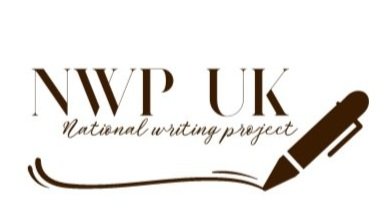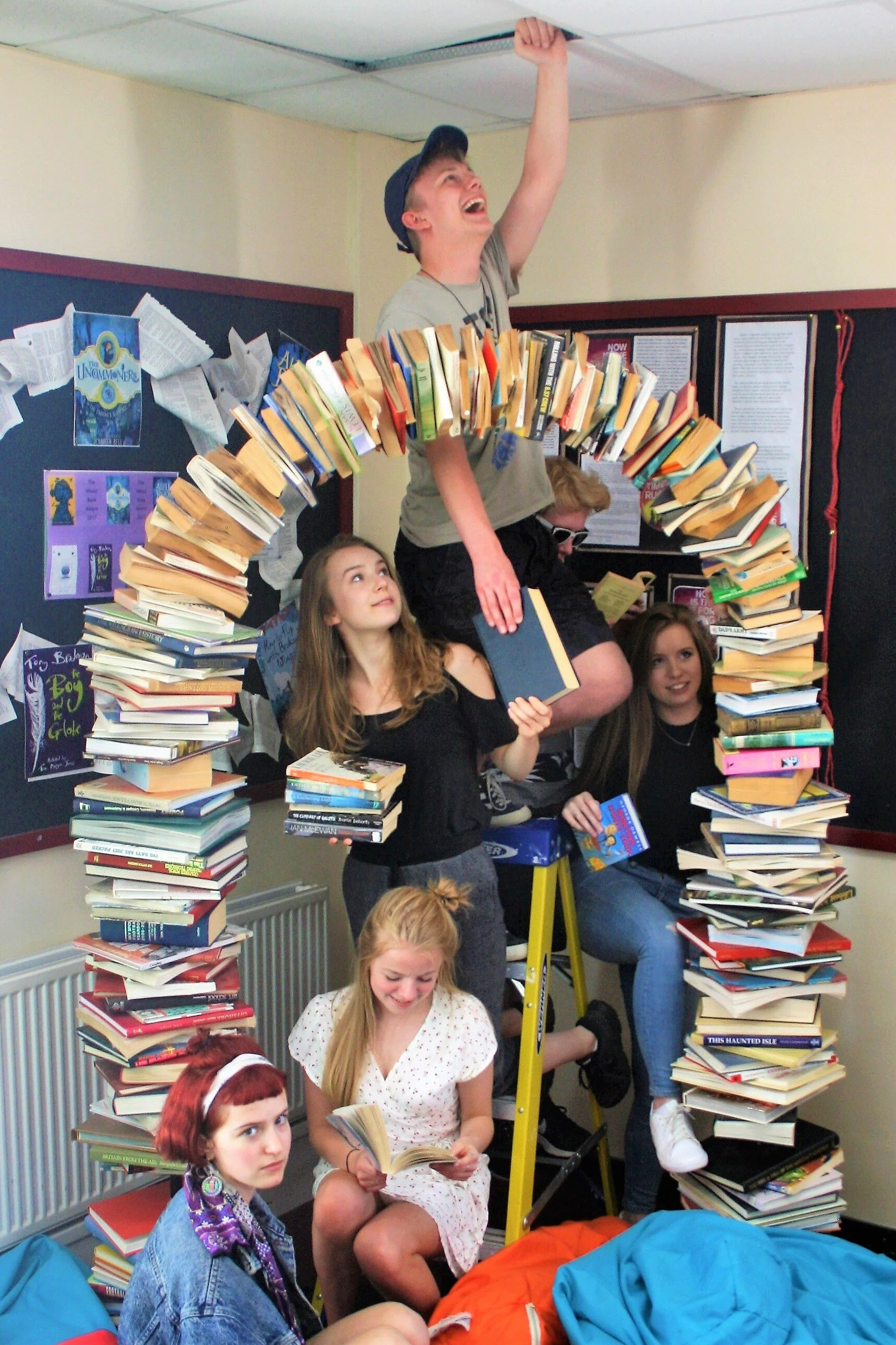On Journals and writers’ notebooks
Bassot, B. (2013) The Reflective Journal. London: Palgrave Macmillan.
Many people like using this well-focused book which provides a reassuringly practical introduction to reflective practice. Bassot offers a variety of ways that a practitioner might choose to write reflectively.
Bolton, G. (2014) Reflective Practice: Writing and Professional Development. London: Sage.
This is an immensely practical and well-researched book grounded in the author’s long experience of working on reflective practice with many different practitioners. It includes thought-provoking chapters on why we might write and about different ways of using writing as a tool for thinking. Many ideas to support reflective writing.
Diehn, G (2006) The Decorated Journal. New York NY: Lark Books.
This book is about creating beautiful journals. It is included in the book-making list as well because it gives clear instructions on how to make simple bound books. There is a lot of inspiration here for different kinds of journal keeping, especially the travel journal. It is visually attractive and considers journals that are created to be shared rather than the messier more private collections that appear in writing notebooks.
Fulwiler, T. ed. (1987) The Journal Book. Portsmouth NH: Boynton Cook/ Heinemann.
This remains a very thoughtful collection of essays about journal writing in practice, from early years to doctoral student. It is still in print, though expensive. It contains essays from inspirational individuals including Nancie Atwell, Toby Fulwiler, Peter Stillman and Judith Summerfield.
Graham, L., Johnson, A. (2003) Children’s Writing Journals. Royston: UKLA.
This mini-book about using journals with children in primary schools remains the most comprehensive publication of its kind. Its combination of practical ideas and examples of children’s writing make it essential reading for anyone wanting children in their classroom to use writing journals.
Holly, M. L. (1989) Writing to Grow Keeping a Professional Journal. Portsmouth NH: Heinemann
This remains an excellent guide to journal keeping for both personal and professional purposes. It provides much food for thought for teachers, offering prompts and ways of working that are designed to help us think about our practice and find ways of articulating what we do. There is much in this book that can inspire the individual and groups of teachers writing together.
Patterson, L. (2019) Moon Lists Questions and rituals for self-reflection. New York: Clarkson Potter.
This journal for self-reflection incorporates space for writing within it and provides prompts and thoughts for each week of the year, notionally following the phases of the moon. It has a very light touch and encourages a meditative state of mind.
Raab, D.M.(ed) (2010) Writers and Their Notebooks) Columbia, South Carolina: University of South Carolina Press.
This is a fine collection of essays by writers on their use of journals, day books, notebooks … call them what you will. It is full of insights and inspiration.
Rainer, J. (1978) The New Diary. London: Angus & Robertson Publishers.
I am glad to see that this book remains in print. It is a book that explores many different ways of using a journal (rather than the daily entry implied by the word ‘diary’). The ‘seven special techniques’ may well be familiar to writers now though they remain useful and are often used in writing workshops –we often use lists, for example, and the ‘unsent letter’ can tap into important ideas and feelings. Lots in here for both the individual and the group.
Sarton, M (1968) Plant Dreaming Deep. New York: W. W. Norton
Sarton, M. (1973 Journal of a Solitude. London: The Women’s Press.
These two journals by the American writer, May Sarton offer two ways of approaching the same life experience. The first presents a portrait of her life that does not touch on its difficulties and unhappiness. In Journal of a Solitude, Sarton faces these difficulties: writer’s block, loneliness, her sexuality, her womanhood.
Leonard Woolf, ed. (1953) A Writer’s Diary: being extracts from the diary of Virginia Woolf. London: Harcourt Brace.
These diary extracts are full of inspiration and insights into the writing process and the purposes of a journal, diary or notebook for the writer. Virginia Woolf had a marvellous eye for detail and a particular way of looking at the world.
On the Craft of Making Books
Diehn, G (2006) The Decorated Journal. New York NY: Lark Books.
This beautiful book gives clear instructions on how to make simple bound books. Even primary school children quickly learn the techniques. Most of the book is about creating beautiful journals and so provides inspiration for how to fill your lovely volumes.
Golden, A. (2010) Making Handmade Books 100+ bindings, structures and forms. London: Lark Crafts.
This, as its title implies, is a generous book filled with inspiration. Each form is well illustrated with both colour photographs and diagrams. Some are not so easy to follow, but the truth is that the best way to learn this craft is by demonstration. It offers a comprehensive range of forms including envelopes, folders and covers as well as the more usual books and cards.
Hazell, R. (2018) bound 15 beautiful bookbinding projects. London: Kyle Books.
This is an indulgence –it is worth it. Rachel Hazell gives clear instructions for fifteen different book-making projects, illustrated with step-by-step photographs. She provides good advice about tools, materials and papers; and inspiration for decorating the books you make. She has a website: www.thetravellingbookbinder.com and runs courses both on and off line.
Johnson, Paul ((1990) A Book of One’s Own developing literacy through making books. London: Hodder & Stoughton.
Paul Johnson is the king of book-making in schools. He introduced the now ubiquitous origami folded book and has since invented many different forms which inspire children to compose in ways that are entirely individual. He saw that the form of the book provides writers with a clear structure and creative boundaries. The simplest, for example, the origami book, has six pages. Those six pages provide the frame for the story that helps the writer to shape what they will say. Other book forms impose different rules upon the writer. Essentially, writers are free to write (and draw) whatever they wish. It is the form of the book that provides the discipline.
Johnson, Paul (1994) Books Searching for Authors children communicating through the writing and visual process. London: Hodder & Stoughton.
This was Johnson’s second book about making books in school in which he theorises more about how book making contributes to children’s development as writers. Many of the book forms in this book can be used as part of whole class writing projects. Out of print but worth searching out.
Johnson, Paul (2005) Get Writing! Creative book-making projects for children ages 4 – 7
Johnson, Paul (2008) Get Writing! Creative book-making projects for children ages 7 – 12. London: A&C Black.
These two books are filled with book forms which invite inventive narrative and non-fiction. Johnson suggests ways of using the books in the curriculum and as the basis for writing projects.
Johnson, Paul (1992) Pop-up Paper Engineering Cross-curricular Activities in Design Technology, English and Art. London: The Falmer Press.
This collection of pop-up engineering contains both the very simple and the complex. The simplest single character pop-up can be used really effectively even in nursery classes. The more complex theatre forms would challenge and intrigue even older students and provide the stage [pun intended] for the writing of narratives and drama scripts. I regard the making and drawing process as an important part of planning and drafting. By the time the form is constructed, most children have the ideas for their formed well enough for the words to go down on the page quite quickly.
Kyle, H. & Warchol, U. (2018) The Art of the Fold How to Make Innovative Books and Paper Structures.London: Laurence king Publishing Ltd
If bound is an indulgence, this is a super grown up indulgence for those who are really hooked on the art. It is a put-it-on-your-wish-list book and very beautiful. It includes a tiered display/collection box that folds together to make a star and a whole chapter on new book folds from one sheet of paper.
Smith, Esther K. (2007) How to Make Books. New York NY: Potter Craft.
Esther K Smith has written a number of books which can extend the range of your book-making. Her instructions are clearly illustrated with step-by-step diagrams. She also offers ideas for content that are full of energy and humour. There is a nice introduction to the making of zines –folded books that can be published in multiples which children may share and which may be used as the basis for little collections of writing prompts for fellow writers.
Smith, Esther K. (2008) Magic Books & Paper Toys. New York NY: Potter Craft.
This is a lovely book which includes instructions for the wonderful flag book and for the jogged pamphlet which encourages young children to write Hungry Caterpillar inspired texts. And when you are tired of book making you can turn the book round and make Magic Books & PAPER TOYS!

